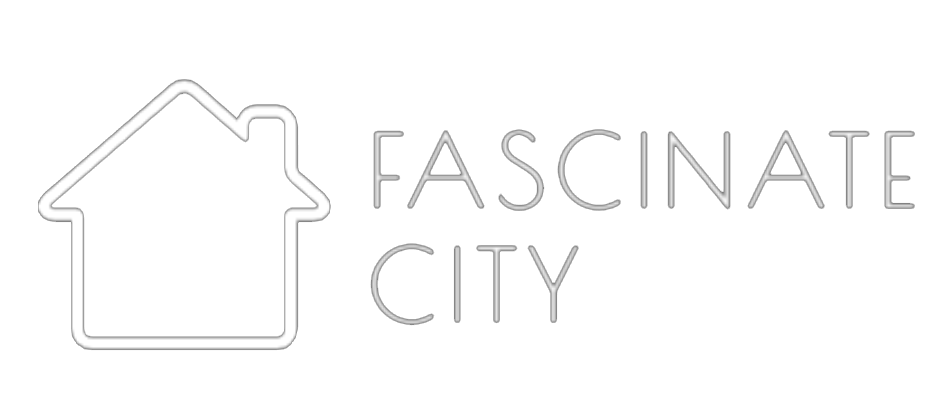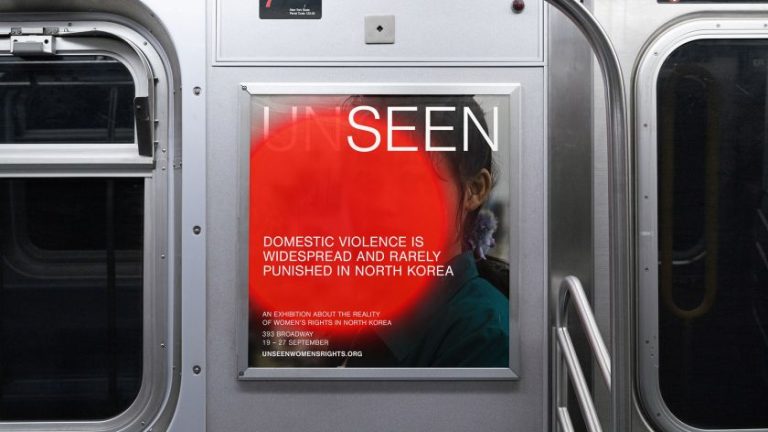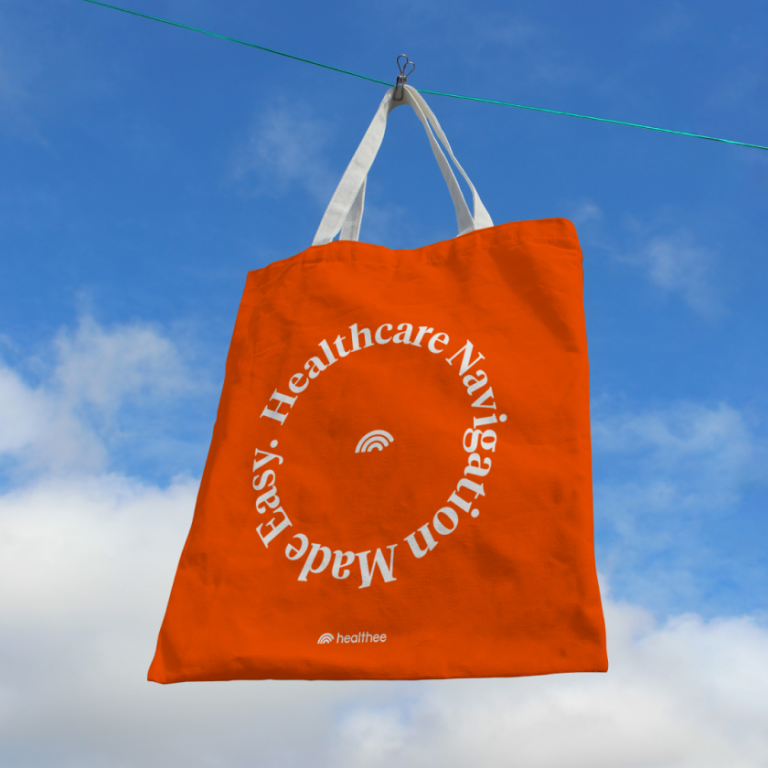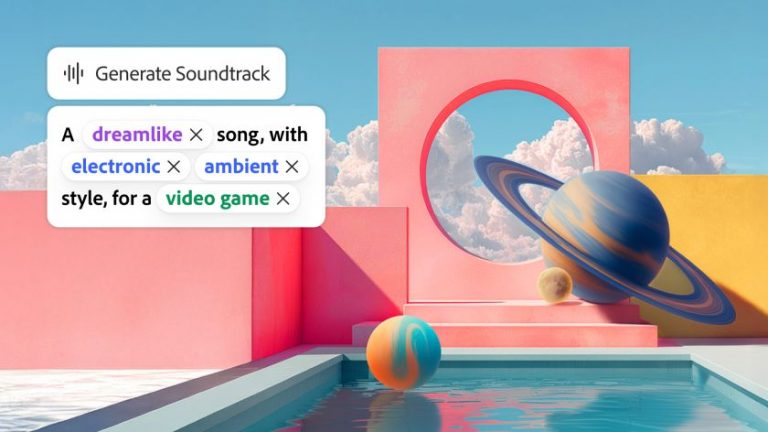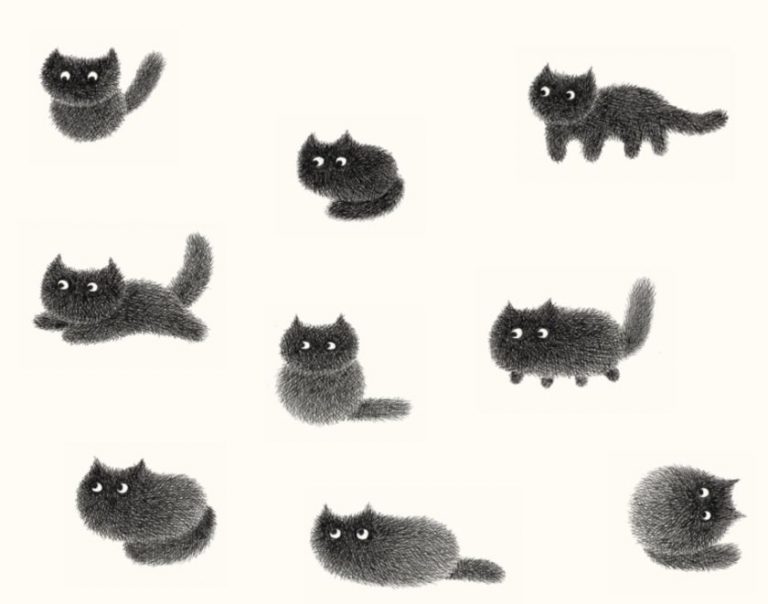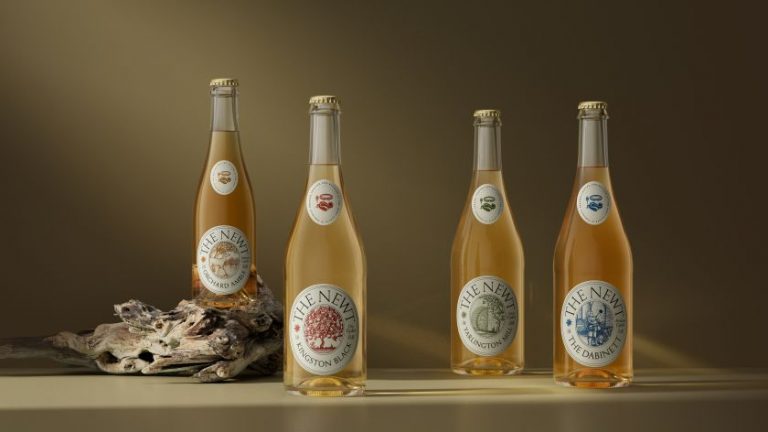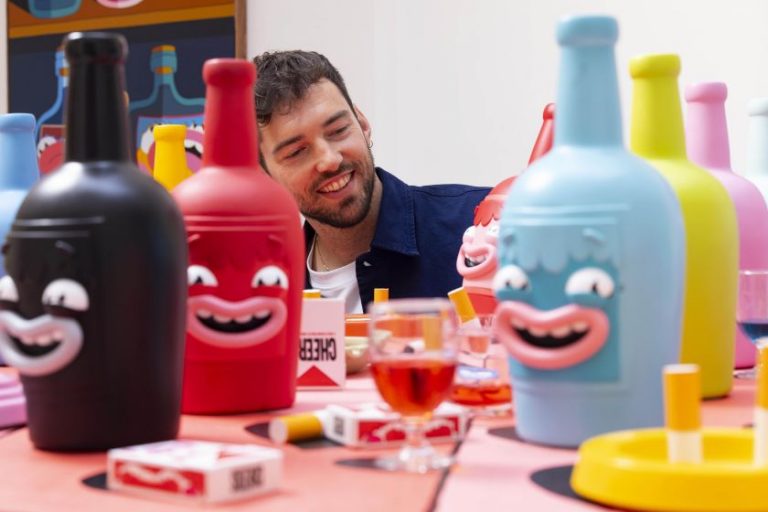Photo: Tom May
A weekend in the Welsh mountains taught me that joy isn’t frivolous; it’s a game-changer for creative work of all kinds.
As a writer, there are times I’ve wrestled with the blank page. And whatever creative field you work in, I’m sure you’ve had similar experiences. So I’m always on the lookout for anything that might spark inspiration. This is partly why I headed to Green Man Festival this weekend, enduring an 11-hour bus ride from Hartlepool before dragging my tent through the sun-drenched Welsh mountains.
If you haven’t heard of it, Green Man is Wales’ largest independent music festival, and one of only a few big indies left in the UK. Set in the breathtaking Bannau Brycheiniog (what we used to call the Brecon Beacons), it’s a world away from the corporate mega-festivals that dominate the summer circuit.
Photo: Patrick Gunning
Photo: Kirsty McLachlan
MIKE. Photo: Kirsty McLachlan
This is an event that sold out in 60 minutes without announcing a single artist, which eschews sponsorship to maintain creative freedom, and where you’re as likely to stumble across a hydrogen-powered science stage, a director introducing their Scottish Samurai movie, or an author discussing their book about box office disasters as you are a world-class rock band.
But what makes Green Man really special is the atmosphere. I’m not kidding, it genuinely feels like the friendliest festival in the world. It’s also family-friendly without being sanitised, LGBT-friendly without making a song and dance about it, and committed to showcasing the best of Welsh culture alongside international acts.
And thanks to all of this, I uncovered something quietly profound. Three things happened this weekend that might have changed how I think about being creative.
The Martin Parr revelation
First off, I wandered over to the cinema tent for a Q&A with Britain’s most famous—and controversial—documentary photographer, Martin Parr, before a screening of his film, I Am Martin Parr.
For the uninitiated, Martin is the photographic artist known for capturing life in our seaside resorts, shopping centres and street parties in gloriously oversaturated colour. Critics call him a sneering class tourist; defenders argue he’s celebrating the absurd joy of ordinary life. I’ve adored his images for years—including this series about my neighbouring village. But watching him actually work was a revelation.
Here’s a humble man who wanders among the working class with his camera, chatting to everyone, and enjoying himself immensely. There’s no tortured artist nonsense, no fake seriousness. Just genuine enjoyment of how weird and wonderful ordinary people can be.
Martin approaches his work with curiosity and, crucially, fun. Even when tackling serious subjects like class and consumption, there’s joy in his process. He’s not afraid to find things amusing, to celebrate eccentricity, to smile at the beautiful absurdity of it all.
When CMAT conquered Wales
All this was brewing at the back of my mind when I got dragged along to CMAT’s set on the Mountain Stage. I’ll be honest, I’m not generally a fan of Irish country-pop. But nothing prepared me for the sheer exuberant chaos of singer Ciara Mary-Alice Thompson.
At one point, she wrapped herself in a Welsh flag, announced she’d sing the Welsh national anthem, then launched into Road Rage by Catatonia to knowing laughter. “Not sure if you know this, but CMAT stands for Cerys Matthews”, she declared with perfect comic timing. The crowd absolutely lost it.
But it wasn’t just the jokes. Throughout the entire gig, CMAT engaged with the audience like they were her best mates down the pub.
CMAT. Photo: Patrick Gunning
CMAT. Photo: Marieke Macklon
Photo: Patrick Gunning
She got us to chant the name of a young fan, referenced Tom Jones’ awkward dancing at Glastonbury 2009, swapped socks with the BSL interpreter, bantered with her bandmate’s mum in the crowd, and turned every song into what felt like a final encore. The result? I’ve genuinely never seen so many beaming faces in one field. People were radiating pure joy.
This is an artist tackling serious themes: toxic relationships, heartbreak, and the cost of rent. But she did so with such infectious enthusiasm that the misery became transcendent. She wasn’t trivialising her pain; she was transforming it through sheer force of personality and fun.
Wet Leg’s effortless charm
Wet Leg’s set was a similar revelation. The Isle of Wight rock group has become indie darlings thanks to their deadpan wit, tight performances and catchy hooks. But seeing them live revealed something else entirely.
Each of their two performances (their mainstage headline slot plus a secret set in a small tent) felt more like a family celebration rather than a show. Singer Rhian Teasdale had the crowd eating out of her hand, not through rock star posturing, but through true warmth and playfulness. And that warmth was reflected in spades.
Wet Leg secret set. Photo: Kirsty McLachlan
Wet Leg secret set. Photo: Kirsty McLachlan
People dressed as everything from lobsters to lampshades were bouncing around, the band were clearly enjoying themselves, and that joy was utterly infectious. These weren’t performers going through the motions; they were people having fun with their art, and inviting everyone else to join in.
The missing ingredient
When all these experiences mashed together in my brain, something clicked. While these artists are all very different, what unites them is that they aren’t afraid of joy. They embrace the absurd, the playful, the genuinely entertaining. Which made me think: are most of us missing a trick here?
We’ve somehow convinced ourselves that serious art must be seriously made. That fun is somehow frivolous. That if we’re enjoying ourselves too much, we won’t create anything worthwhile. Which is obviously bollocks.
It feels, though, like many of us have forgotten how to play. We turn everything into a grind, a struggle, a constant battle against our own inadequacy. We act like you have to suffer to make good art, as if being miserable proves you’re the “real deal”.
Photo: Patrick Gunning
Caroline. Photo: Nici Eberl
Boss Morris. Photo: Kirsty McLachlan
But what if we’ve got it completely backwards? What if fun isn’t the enemy of good work, but its secret weapon?
Think about it: when was the last time you produced your best work? I’ll bet it wasn’t when you were grinding your teeth and forcing every detail. It was probably when you were relaxed, engaged, maybe even enjoying yourself a bit, when you stopped taking yourself so seriously and started playing with ideas, rather than wrestling them into submission.
As creatives, we’re often our own worst enemies. We second-guess ourselves into paralysis. We tell ourselves that struggling = authenticity. And we forget that audiences engage with work that feels alive, not tortured.
I’m not suggesting we abandon all seriousness or turn everything into a joke. CMAT still writes about heartbreak. Martin Parr still documents social inequality. Wet Leg still crafts proper songs. But they do it with joy, and that joy doesn’t diminish their work; it elevates it.
The revolution will be joyful
Standing in that Welsh field, surrounded by thousands of people all sharing the same infectious happiness, made me remember something I think I’d forgotten. That fun isn’t frivolous; it’s a game-changer. In a world that often feels heavy and overwhelming, choosing joy in our creative work is probably the most effective way to cut through to an audience.
That doesn’t have to mean putting on a clown costume and being wacky. But it does mean that when we enjoy what we’re making, we make better things. When we approach projects with curiosity rather than dread, we solve problems more creatively. When we permit ourselves to play, we often stumble onto our best ideas.
English Teacher. Photo: Tom May
Photo: Tom May
Photo: Marieke Macklon
So here’s my challenge: what would happen if you prioritised fun in your next project? Not silly fun necessarily, but genuine engagement and enjoyment. What if you started that next project with the same energy CMAT brings to every song?
The worst that could happen is you enjoy yourself a bit more. The best that could happen is you create something that makes other people’s faces light up the way those faces did in that Welsh field. And in a world that often feels short on joy, isn’t that exactly the kind of work we should be making?
